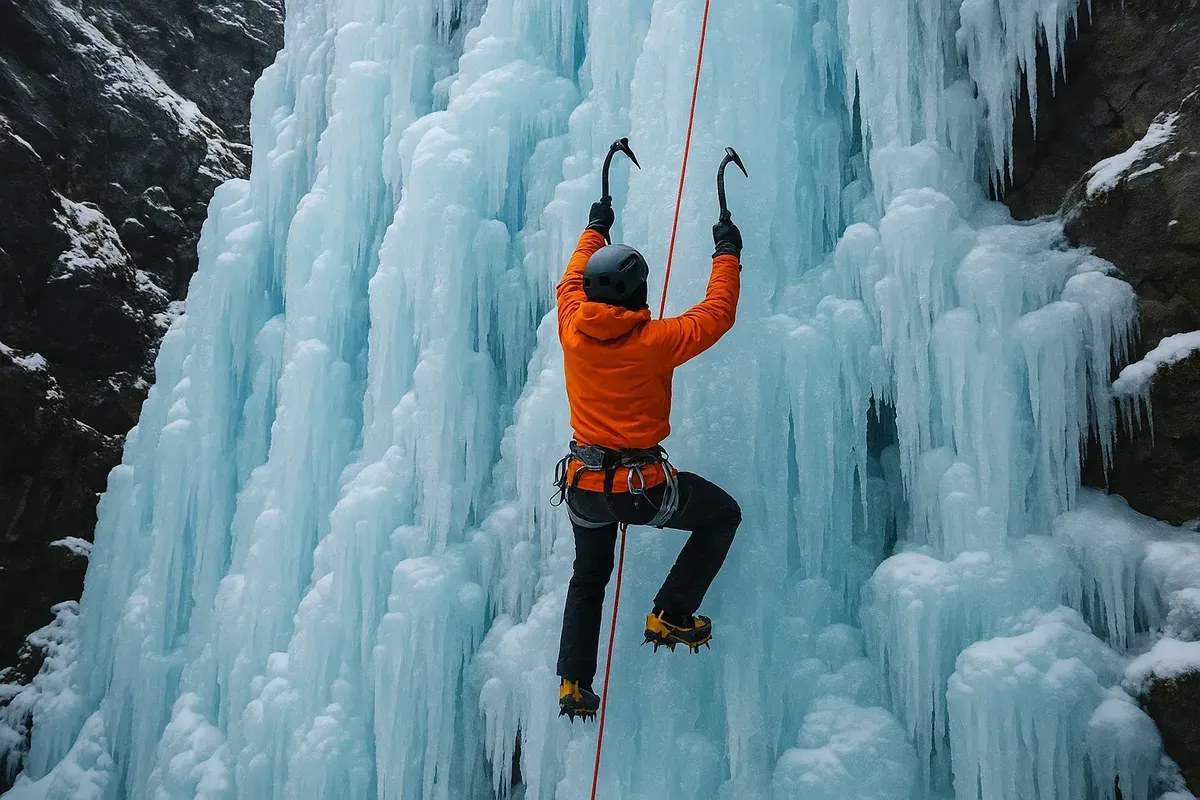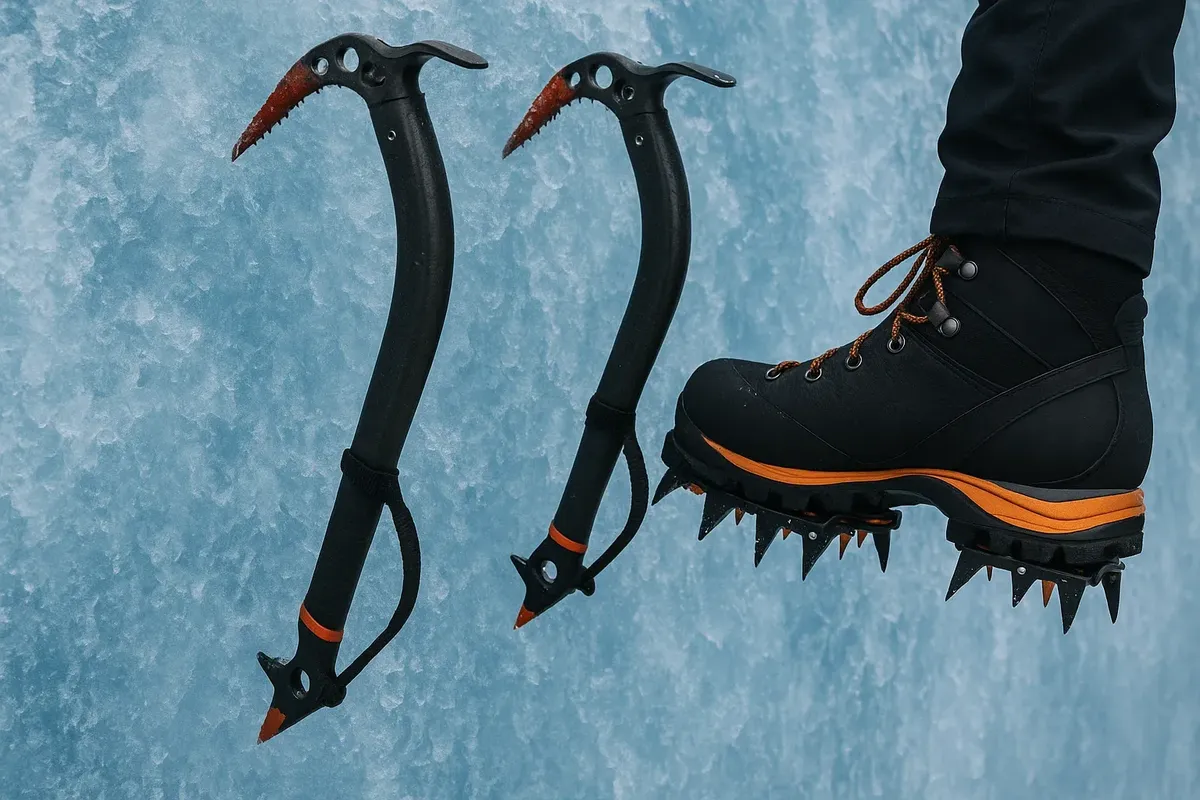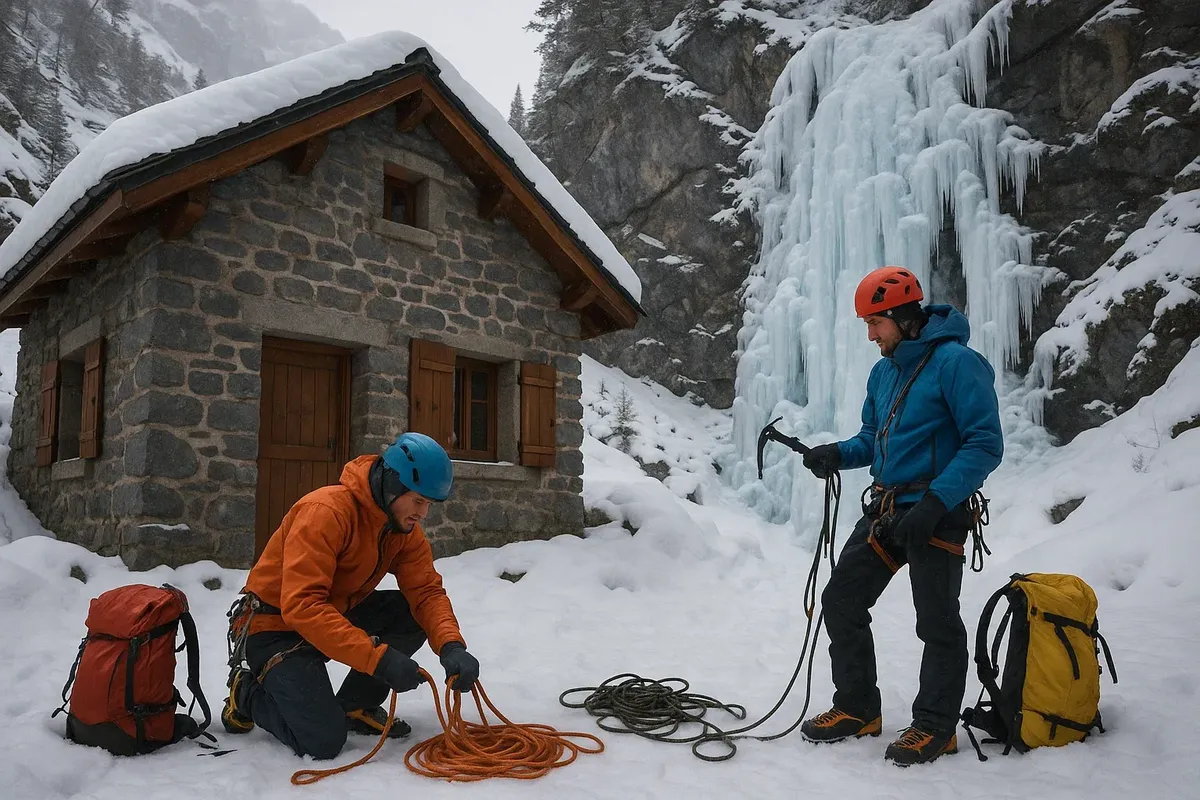🧊 Ice climbing waterfalls: the first step to vertical ice 🧗♂️
Ice climbing on frozen waterfalls in Norway is an exciting outdoor activity that is suitable for beginners. In winter, Hardangervidda and Jostedalsbreen National Parks turn into vertical ice walls where anyone can try ice climbing. Find out how to safely take your first steps into the world of vertical ice and which waterfalls are ideal for beginners.
Why are Norway's national parks such a good place for ice climbing?
Parks such as Hardangervidda and Jostedalsbreen have frosts that don't melt, which are perfect for ice climbing. There are popular icefalls of different difficulty levels, with easy access and facilities, suitable for both beginners and professionals.
Which waterfalls are best for people just starting out?
If you're just starting out, the waterfalls at Rjukanfossen (Hardangervidda), Bøverdalen (Jotunheimen) and the icefalls at the Nigardsbreen glacier (Jostedalsbreen) are perfect. They have easy sections rated WI2-WI3, which are perfect for your first training session.

What is the WI2–WI5 rating system and how does it work?
The WI (Water Ice) rating system tells you how difficult ice climbing routes are:
- The WI2 route is easy, with an incline of 60–70°. It is suitable for beginners.
- WI3: Moderate difficulty, with sections up to 80°. You will need basic training.
- WI4: This route has some serious vertical sections. They are more technically difficult and you need to be experienced to do them.
- WI5: steep, vertical ice; a technically difficult route for experienced ice climbers.
Why is the 'Grunnkurs Is' course so important before ice climbing?
The 'Grunnkurs Is' course is for people who want to learn how to use ice climbing equipment, how to climb, how to belay and the safety rules for ice climbing. If you complete this course before your first climb, you will be safer and more comfortable.
What equipment do you need for ice climbing?
You will need to bring ice axes, crampons, a helmet, a safety harness, ice screws and a rope. You can rent all the equipment you need on site for about 500–700 NOK per day.

What safety measures are particularly important on ice routes?
Wear a protective helmet, follow safety rules and don't climb alone. Look at the weather forecast and ice conditions on special websites and forums. Avoid routes in warm weather when the ice becomes unstable.
Which animals live near ice climbing routes?
In winter, you are likely to see moose, deer and white grouse along these paths. They may be close to the ice walls, so be quiet and do not make the animals nervous by making too much noise.
Which campsites or huts are close to good spots for ice climbing?
The best places to stay are Rjukan Fjellstue (Hardangerfjord) and Jostedal Camping (Jostedalsbreen). They offer comfortable places to stay, you can rent equipment there and it is close to popular ice climbing routes.

Ice climbing on waterfalls in Norway is a great way to challenge yourself and enjoy a fantastic experience in beautiful winter landscapes. Prepare thoroughly, take a basic course and enjoy safe ice climbing on the best routes in the national parks.
Have you tried ice climbing in Norway? Share your thoughts, the paths you take and your photos in the comments! We will be happy to publish the most interesting stories and photos in our catalogue to inspire others to try vertical ice adventures.





2 comments
Log in to leave a comment